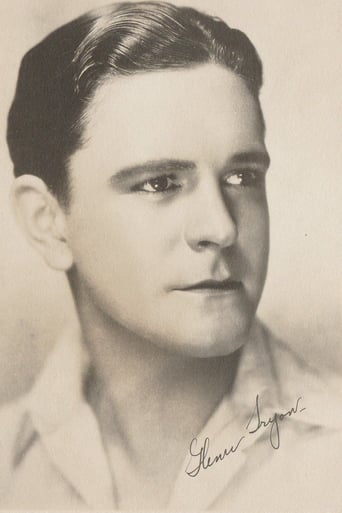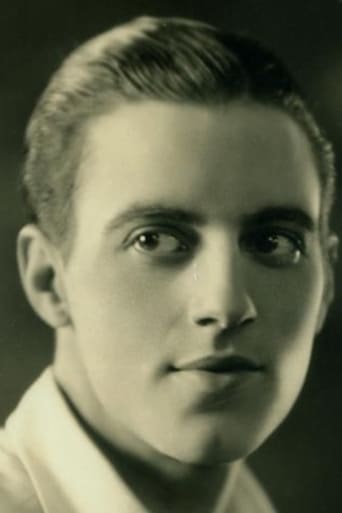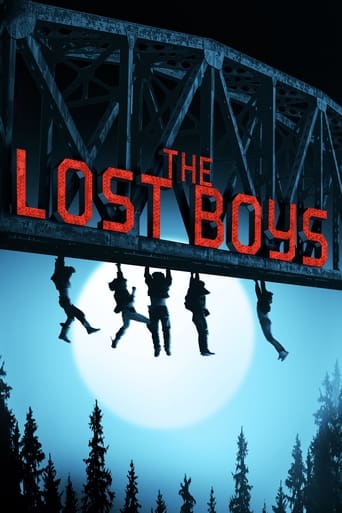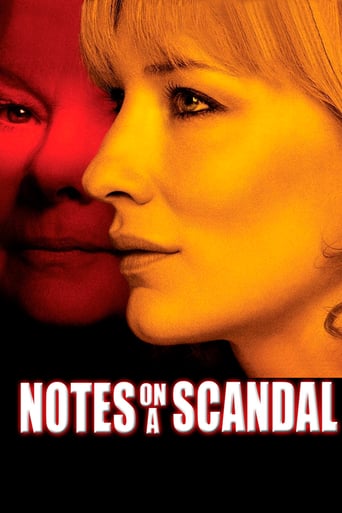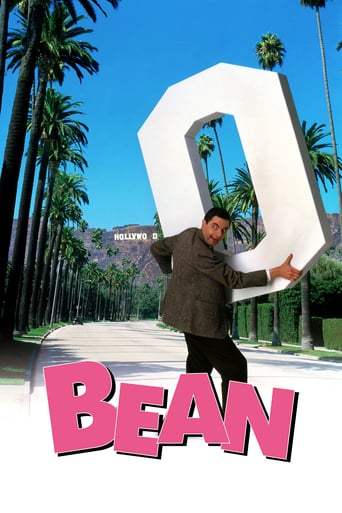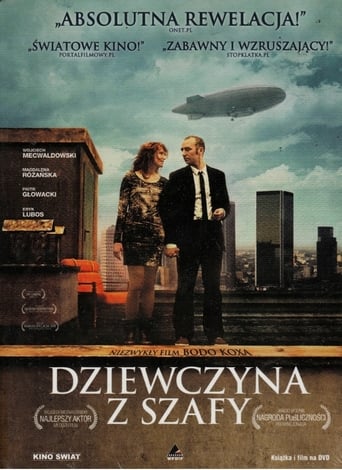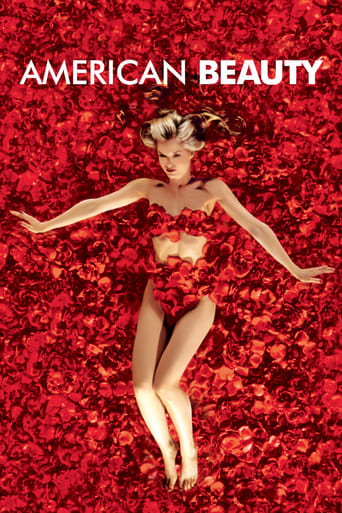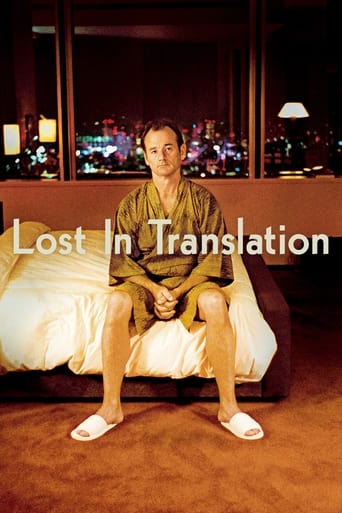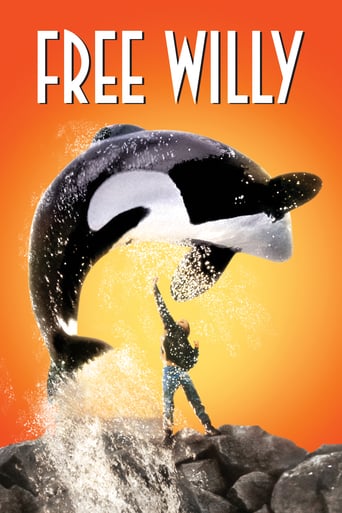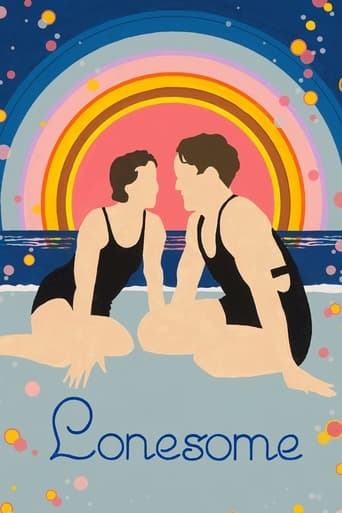
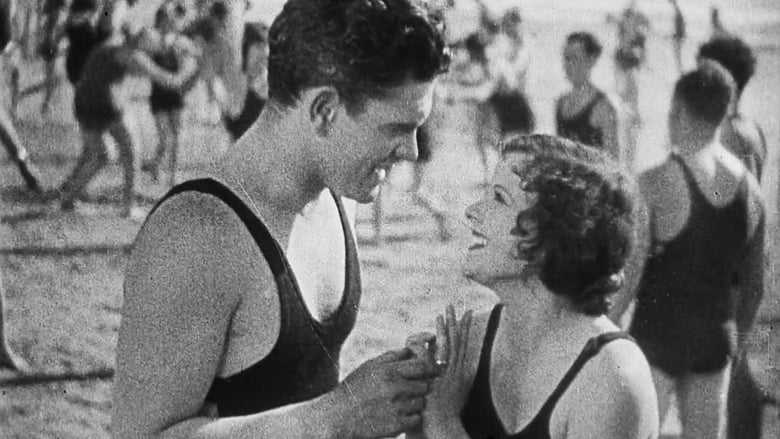
Lonesome (1928)
Two lonely people in the big city meet and enjoy the thrills of an amusement park, only to lose each other in the crowd after spending a great day together. Will they ever see each other again?
Watch Trailer
Cast


Similar titles
Reviews
It's a shame Lonesome hasn't been seen more widely by modern audiences. The limited acclaim it's received is well deserved. Lonesome is very simple. It's no more than a little romantic movie of two people who fall in love and then appear to lose each other. But the whole thing is told expertly well. The camera moves about freely in many unique and interesting ways. Visually alone, it's quite the spectacle. It also helps that the two in the lead roles are enjoyable.Glenn Tyron is good enough in his lead role, but his romantic interest, played by Barbara Kent, is the real star. She is fun and playful when needed, but her soulful eyes convey more pain then most people ever could with their voices. Her charisma is evident from shot one. The only downside to the film is the inclusion of a few sound scenes. Clearly done just to cash in on the new craze, it actually only serves to grind the story to a halt. It forces the movie to become stationary, and the dialogue itself is pretty inane.I cannot recommend the film strongly enough, though. It's as enjoyable of a romance as you'll ever see. There's nothing too complicated here: just two people falling in love, and it's a joy to see.
Out of all the films that have ever been made, why this one?Because I've been so lucky to see this film at various classic film conventions over the years, despite the fact that the prints I've seen were showing their wear; and yes, there were a couple of clunky scenes where they were trying out sound for the first time. But in spite of that (which isn't really much to forgive) this is probably the only film of its kind that packed such an emotional punch because its story was so simple (as you can see from the other reviews contained herein) and built up to such an anxiety for Jim and Mary, making you wonder whether they will ever get together again because the film makes you feel that they are meant to be together. There's even a great piece of foreshadowing in the film which I won't mention because it hints at the ending, which, I'll never understand why people spoil because it's the very Heart and Soul of the film. If there was ever a film whose ending should NEVER be spoiled, it's Lonesome.And I'm especially lucky in that--ever since I've seen this film--I've always wanted it to be restored and released on DVD; and I don't know how it happened, maybe because I've told so many people about it (without spoiling it!), maybe the Universe saw how much I loved this film...but it was finally restored and released--get this--on my birthday last year! I couldn't have asked for a more perfect birthday present! For anyone who is or has been lonesome, for anyone who still believes in true love, for anyone who is lucky enough to have found their soul mate, this film was meant for you. In a way, it's a shame more films can't be made with the same quality of story and feeling as this one; but that's what makes Lonesome so unique. To wrap this up...there was publicity booklet put out by the Universal Pictures exhibitors in 1928 which describes the plot (again without giving the ending away!) and ends with the challenge, "If Ever You Have Seen a More Beautiful or Enjoyable Picture - Please Name It." See? They knew...Thanks for reading this review.
Two ordinary people - their personalities seem to jump out from the start of this brilliant film. Mary is cheery, greeting every day with a smile, Jim is a jokester, the life of the party, she is a switchboard operator, he is a machinist. But they are lonely and meet after taking the advice of a billboard that encourages people to have a fun day at Coney Island. Jim spies Mary on the bus and tries to attract her attention but it is only at the beach when Jim finds Mary's cherished ring that they get to know each other.The version I saw was all silent, with Hungarian titles no less, probably packaged for Paul Fejo's own country, to show he was much more than a bacteriologist!!! Fejos was another import for Universal who, along with Fox, thoroughly embraced the European Expressionism movement that peaked in Hollywood in the late 1920s. Fejo didn't stay in America long and by the early 1930s he was back directing in Europe but with "Lonesome" he included some striking neo expressionistic camera effects including multiple super impositions etc.Like "The Crowd" the two leads were played by relative unknowns and they were perfect in their roles. Barbara Kent had found fame of sorts by playing the good girl in "Flesh and the Devil" but who was going to remember her with Greta Garbo playing the villainess. Glen Tryon had failed to make the grade - initially he was a Hal Roach discovery who saw him as another Harold Lloyd. He was also given the role in Fejo's next film "Broadway". Both of them are almost too convincing as the lonely couple who as the evening progresses find themselves caring very deeply about the other person. They are separated when the roller coaster that Mary is riding in catches on fire and Jim, who is thought of as being a nuisance is hauled off to night court. There is an extended bit of silent dialogue here (similar to a scene on the beach where Jim is dreaming of blue picket fences etc) which was probably another "goat gland" sequence.I thought Tryon was very moving - outside cocky but inside eaten up with loneliness. At one stage he says "I am so lonely and alone - I can't stand my own company". The emotion and the intentness builds as they look for each other at the fair that is now fast becoming desolate. At the end they both return to their flat, overcome by despair - he tries to play records and her little doll, the one memory of the day, falls off the table and breaks. They then discover that they live in the same building!!!Fejo found the idea in a newspaper article about loneliness in New York but I think it shares similarities with a 1915 film "Young Romance". In the older movie, two youngsters who, unbeknown to themselves, work in the same department store, read the same romantic serial and go on a week's holiday determined to find some romance at any cost - preferably with someone wealthy. Mary and Jim, early in the movie, try to pretend to be more exotic that they really are, then Mary laughs and says that they have probably both been reading the same romantic serial!!Highly, Highly Recommended.
A young man and a young woman lead nearly identical lives throughout the day, he a punch-press operator and she a telephone operator. After work, both decide to go to Coney Island, where they meet, have fun, fall in love, and then lose each other. The movie's cute, but it isn't anything superb. There were two much better films made in the same year that Lonesome reminds me of. First, King Vidor's The Crowd, one of the best films of the period. That one takes place over quite a lot more time, but the styles are similar, with The Crowd being much more sophisticated in its narrative, characterization, etc. The Coney Island scenes are probably the most celebrated part of Lonesome, but these are nothing compared to those in the Harold Lloyd vehicle Speedy. Fejös exaggerates these scenes beyond belief, with so much confetti falling on the Coney Island patrons that one would think the crowd would drown in paper. This film is from the school of silent filmmaking where putting a lot of people on screen at the same time is considered ingenious. In comparison, the crowds of Speedy are believable, and that sequence is absolutely lovely. Lonesome also suffers from three intrusive sound sequences, which Universal forced in at the last minute. They stop the film dead in its tracks (but they are somewhat funny). Overall, the film is entertaining, if not too memorable. One particular sequence stands out as masterful: the man's and woman's workdays, edited back to back, with the whole screen surrounded by the numbers on a clock, translucent hands following the time. 7/10.



